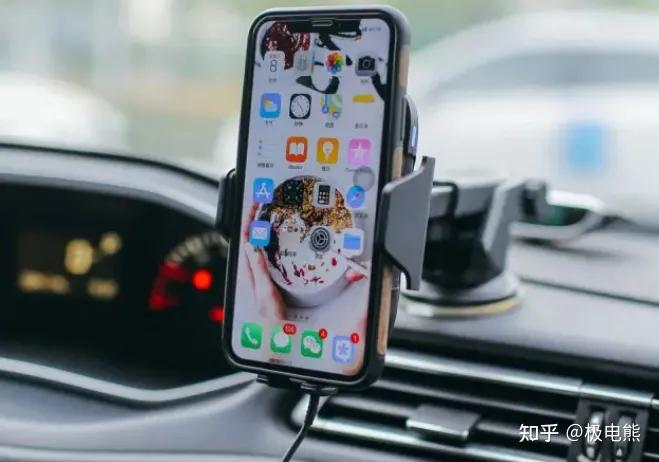2024-05-24
The popularity of car chargers remains unabated. What kind of development has the in-car charging experience gone through?
With the popularization of automobiles and the prevalence of electronic devices, the "in-car charging" scene that emerged to meet these needs has continued to develop with technological advancements. In general, in-car charging mainly consists of wired and wireless charging.
1/ Wired Charging
- First Generation:
The first generation of in-car wired charging dates back to when cigarette lighters were a standard feature in cars, designed to allow smokers to light cigarettes without an open flame while driving. In recent years, with the increasing demand for in-car charging, USB charger heads for cigarette lighters have become popular consumer electronics products, representing the first generation of "wired car charging." These chargers connect directly to a car's 12V lead-acid battery via the cigarette lighter interface and initially only supported 5V output. However, as fast-charging became more prevalent, there was a need for USB ports on car chargers that could support a wide range from 5V to 20V output. This led to the strong development of step-up/down DC/DC converters and fast-charging protocol chips.

- Second Generation:
Due to strong demand for in-car charging, many vehicle manufacturers began integrating USB ports into their cars' central consoles as part of the second-generation wired car charging solution. While technically similar to first-generation products with primarily 5V output or support for basic fast-charging functions like those found on Apple or Samsung devices (up to 15W), this integration into vehicles marked a significant shift towards original equipment manufacturer (OEM) products requiring compliance with stringent automotive standards and certifications.

- Third Generation:
Defined as high-power fast-charging solutions supporting communication protocols such as USB-C which is widely adopted due its compatibility and ability up support power levels up-to hundreds watts.

2/ Wireless Charging
Wireless charging represents an excellent solution for in-car charging where users can simply place their phones or other compatible devices onto a wireless charger pad upon entering their vehicle without needing any cumbersome plugging-in actions.
- First Generation:
Initially started as aftermarket accessories following Qi standard protocol gradually transitioning from basic 5W power level up-to 15W.

- Second Generation:
Integrated wirelessly charged modules into vehicles requiring all specifications upgraded according automotive standards similar path followed by wired counterparts.
![]()

- Third Generation:
Enhanced Qi standard based at maximum capacity reaching only upto15w authorized private protocols by smartphone manufacturers are introduced due domestic smartphones already supporting policy-limited peak power levels upto50w.
This brief overview outlines how both wired and wireless in-car chargings have evolved over time. As technology continues advancing especially towards electrification and smart features it will undoubtedly bring even more convenient safe experiences related electric vehicle charge management systems .